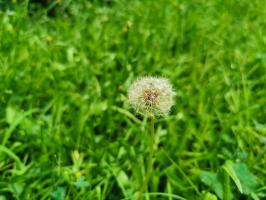How to Bury Tomato Plants
If you're growing tomatoes, burying your tomato plants is an easy and effective way to get the best results. The process is simple, and it can help your tomatoes grow stronger, healthier, and more productive. Here's everything you need to know to bury your tomato plants.
Why Bury Tomato Plants
Burying tomato plants is a form of deep planting, which means you're planting them deeper than their current depth. When you bury tomato plants, you're actually planting them below their first set of leaves. This is beneficial for several reasons.
First, burying tomato plants allows them to develop a stronger root system. By planting the stem deeper in the soil, the plant can develop more roots from along the buried stem. This will make your tomato plant stronger and healthier, and it will allow it to better absorb water and nutrients from the soil. It will also help your tomato plant better withstand stress, such as drought, high winds, or pests.
Burying tomato plants can also help prevent the development of diseases. Many plant diseases, such as early blight or verticillium wilt, are soilborne, meaning they live in the soil. Burying your tomato plants can help reduce the risk of these diseases affecting your plants, as the pathogens will be further away from the stem and roots.
When to Bury Tomato Plants
The best time to bury tomato plants is shortly after you've transplanted them into your garden. Make sure the soil around the stem is moist, and then gently dig a trench next to the plant. The trench should be deep enough to bury the stem up to the first set of leaves.
Once you've dug the trench, carefully lay the plant on its side in the trench. Be sure to gently bend the stem to fit in the trench, being careful not to break it. Then, fill in the trench with soil, making sure to cover the stem up to the first set of leaves.
After you've buried your tomato plant, water it well to help settle the soil. You can also apply a layer of mulch or compost around the base of the plant to help retain moisture and protect the roots from the sun.
Conclusion
Burying tomato plants is a simple and effective way to help your plants grow stronger, healthier, and more productive. By burying your plants, you'll develop a stronger root system, reduce the risk of soilborne diseases, and help your plants better withstand stress. Whether you're growing tomatoes for fun or for food, burying your tomato plants is a great way to get the most out of your garden.

 how many times do yo...
how many times do yo... how many planted tre...
how many planted tre... how many pine trees ...
how many pine trees ... how many pecan trees...
how many pecan trees... how many plants comp...
how many plants comp... how many plants can ...
how many plants can ... how many plants and ...
how many plants and ... how many pepper plan...
how many pepper plan...
































